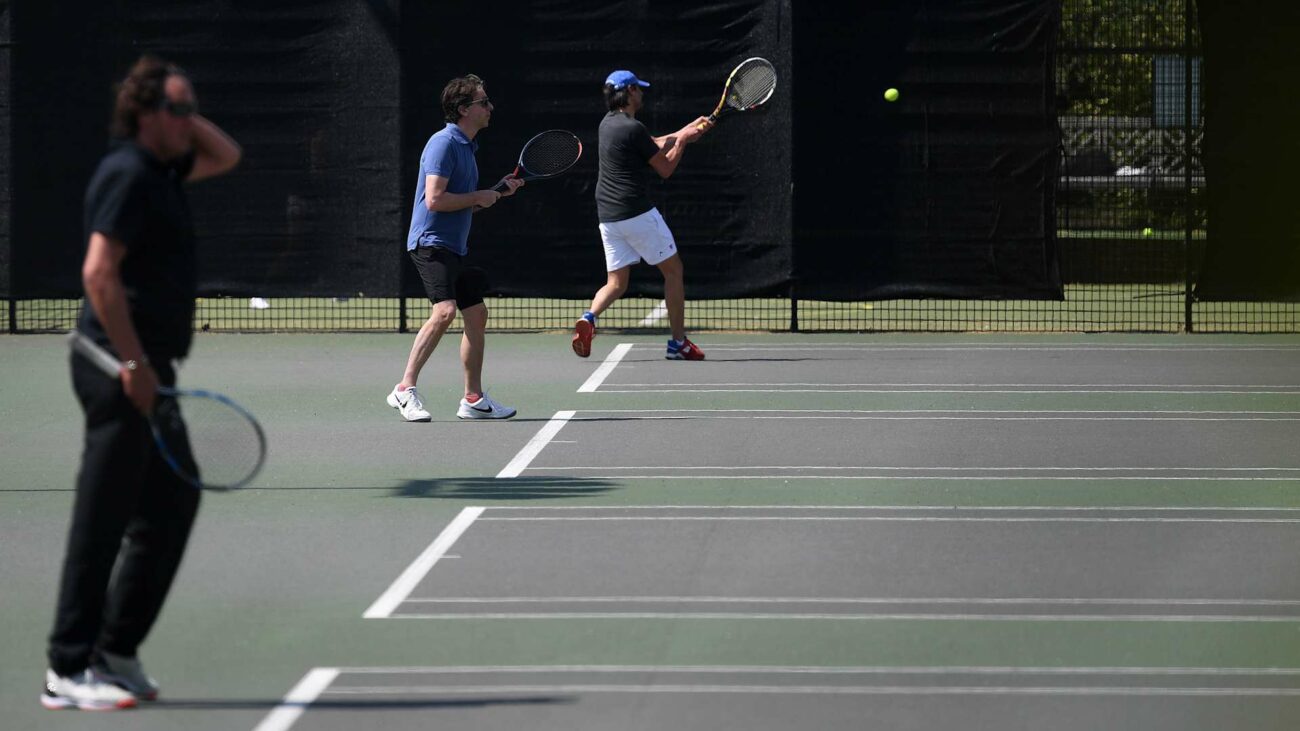Tennis: Playing Against Weaker Opponents: An Opportunity for Growth
Tennis: Embracing the Opportunity to Improve Against Weaker Opponents
In the competitive world of tennis, players strive to prove their worth against the best. However, it’s crucial to recognize the value of playing against weaker opponents as an opportunity for growth and improvement.
When facing a less skilled player, it’s tempting to coast along, playing at a slower pace and exerting less effort. However, this approach is detrimental to both the player’s development and the match outcome. Instead, players should seize the opportunity to work on their attacking game.
By pouncing on short balls, challenging neutral balls, and analyzing defensive situations, players can keep their opponents off balance and improve their problem-solving skills. This mindset not only prevents the weaker player from dictating the pace of the game but also keeps the stronger player’s mind engaged and focused on finding solutions.
Furthermore, playing against weaker opponents can help players develop a stronger mental game. In tough situations, they will be forced to analyze their opponent’s strengths and weaknesses, identify opportunities, and minimize their own mistakes. This process strengthens their ability to stay composed and make quick decisions under pressure.
It’s important to remember that even against weaker opponents, players can face challenges. The irony is that some of the most difficult matches can be against those they know they should beat. However, by embracing the opportunity to improve, players can emerge from these matches as stronger and more competitive athletes.



